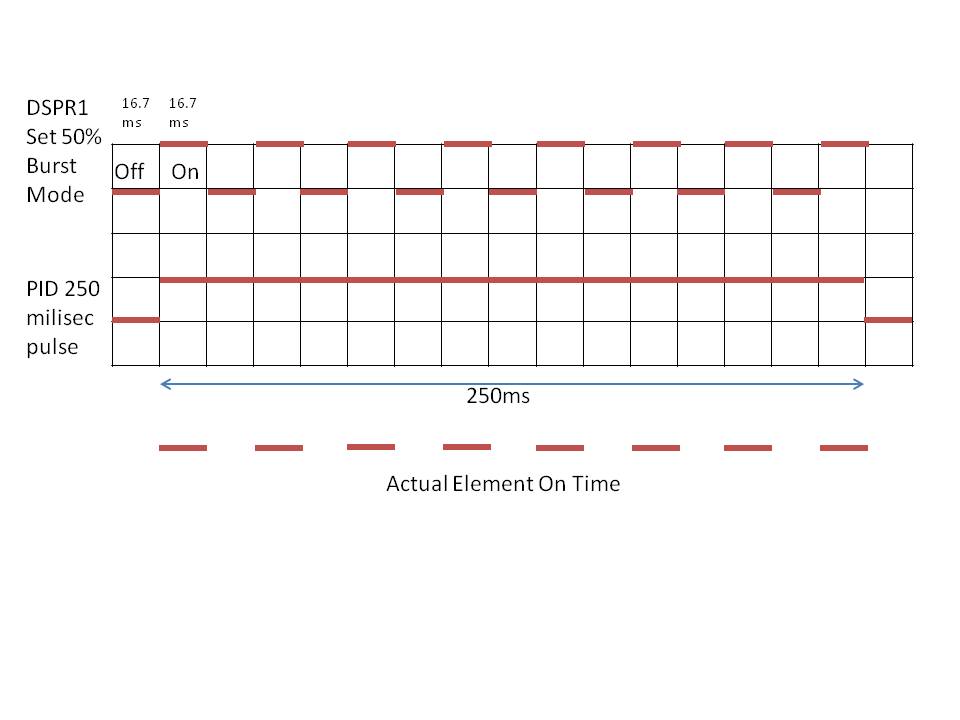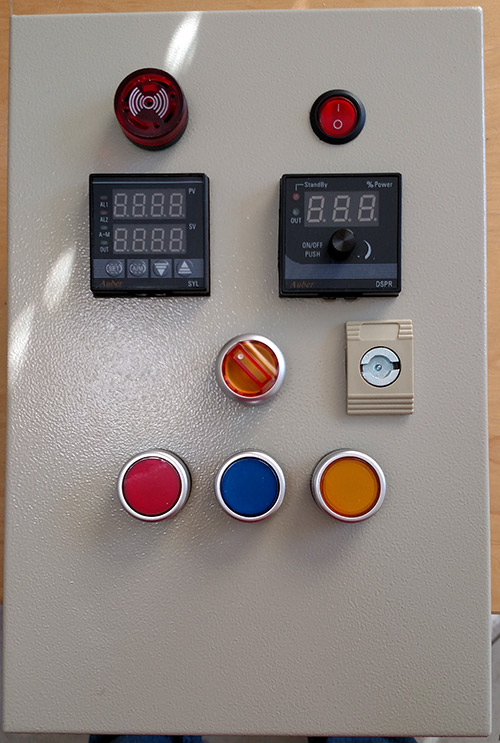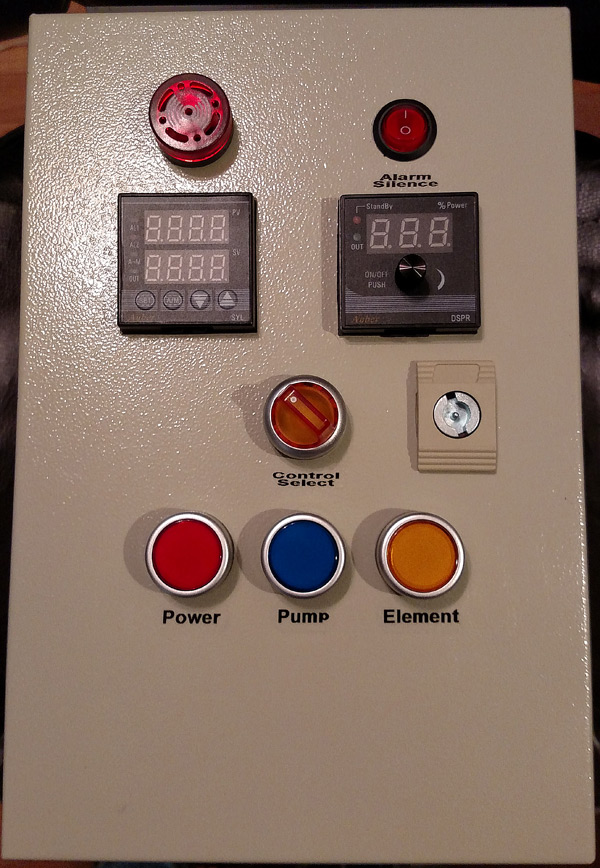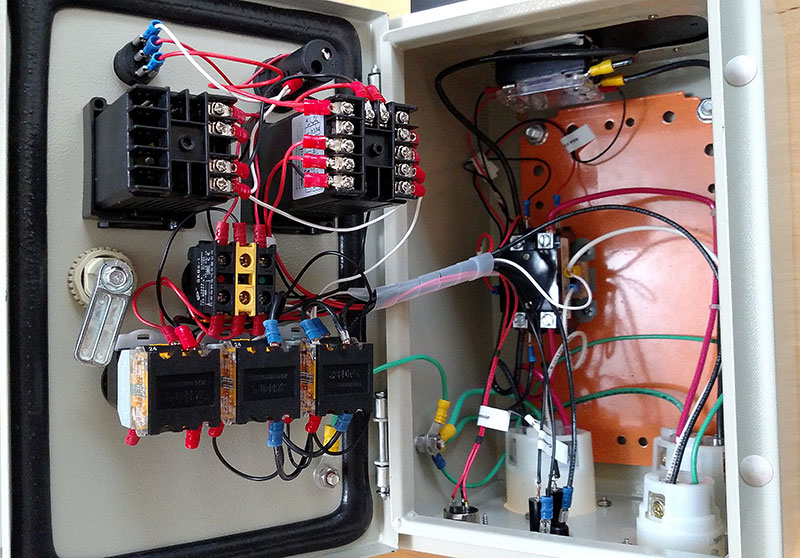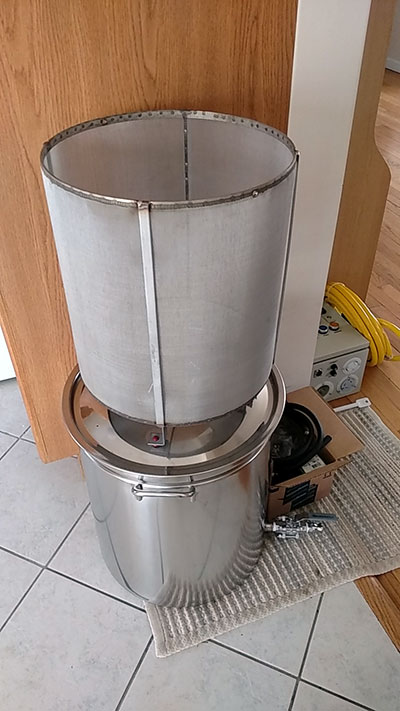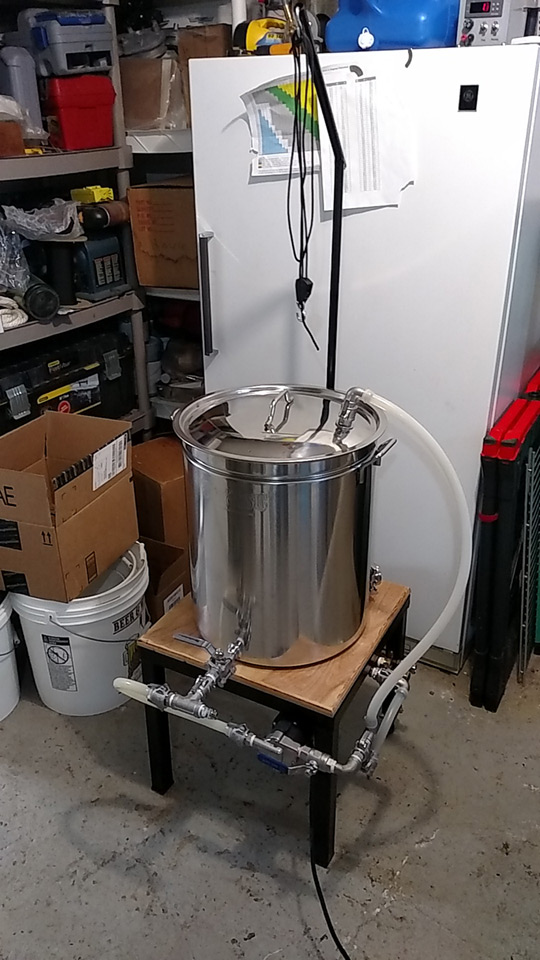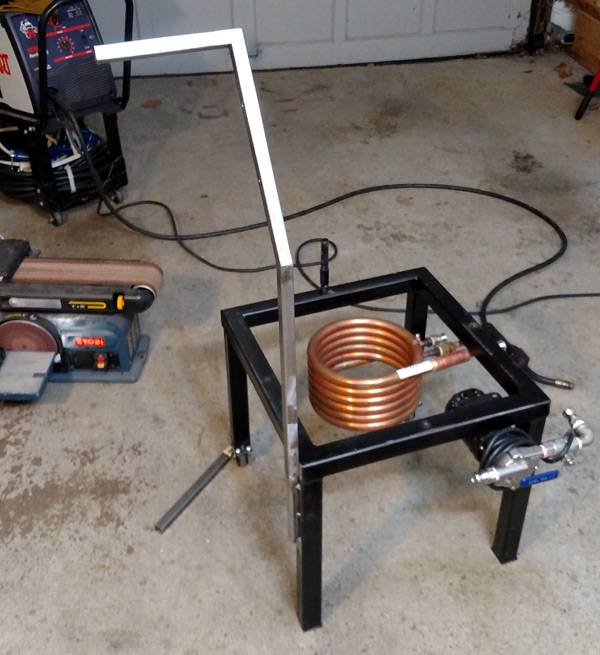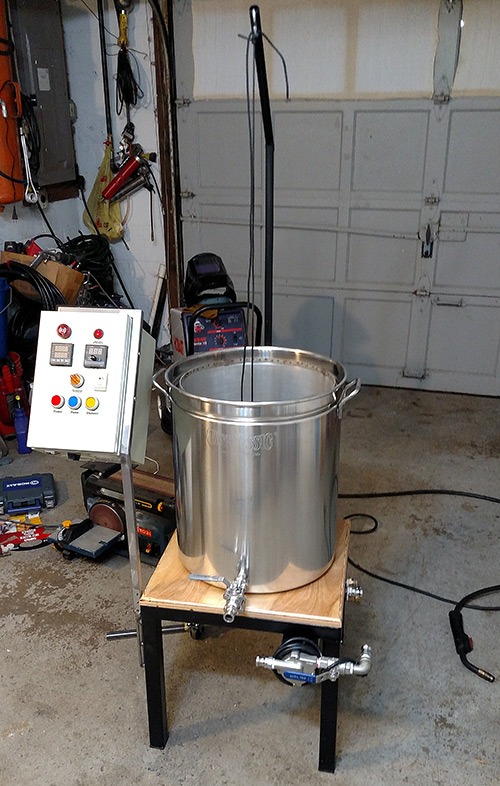BeardedBrews
Well-Known Member
Switchable 120/240 is something I really wish I had in my eBIAB, but I'm not sure I see the value in the vssr. I understand the desire to have power control, but in my experience, you just don't need that level of tuning.
I recirculate my mash in my cold garage with the 240v element at 3-5% on the manual pid, it holds perfectly. (+\- .5) At boil I jump it up to 100% until hot break, and then back down to 55 for the boil.
If I had the 120 option I could get more consistent heat during the mash by having more on time without overheating, plus it would reduce or eliminate the scorch risk, even with a heavy mash on the element. It would probably also mean I could let the pid maintain mash instead of manual. I'm just not seeing where I would want to have some power level between 5500 and 1375.
I recirculate my mash in my cold garage with the 240v element at 3-5% on the manual pid, it holds perfectly. (+\- .5) At boil I jump it up to 100% until hot break, and then back down to 55 for the boil.
If I had the 120 option I could get more consistent heat during the mash by having more on time without overheating, plus it would reduce or eliminate the scorch risk, even with a heavy mash on the element. It would probably also mean I could let the pid maintain mash instead of manual. I'm just not seeing where I would want to have some power level between 5500 and 1375.




